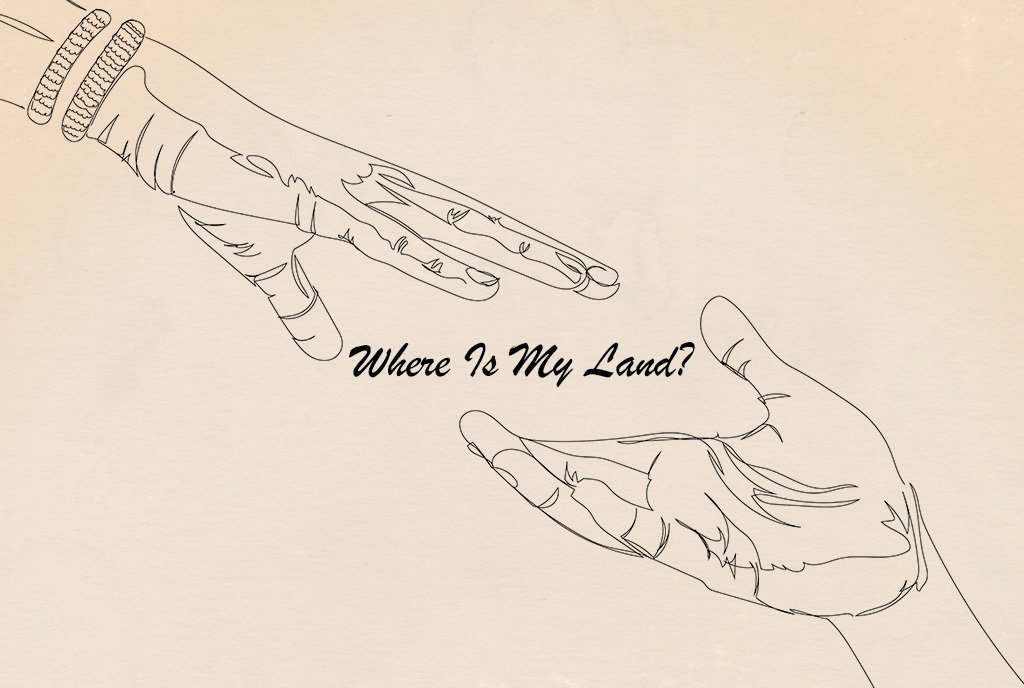
October 19, 2020; American Banker
Amid COVID-19, the community development financial institution (CDFI) industry has become an important player. For example, when loans from the Paycheck Protection Program (PPP) failed to reach many businesses owned by people of color in the program’s first round, the second round set aside $30 billion to be distributed by CDFIs “and other credit unions and banks with under $10 billion in assets.” It was not enough, but the measure still was an important marker of the industry’s increased importance.
Many CDFIs that normally would not have participated in a “working capital” loan program like PPP did so anyway. As Joe Neri, CEO of IFF, a Midwestern regional CDFI, explained in NPQ, the rationale was simple: “By asking ourselves who would be harmed by staying away from PPP, we realized that the very places we serve—smaller nonprofits, many of which are led by people of color—would be most hurt because they would have the most difficulty with the traditional banking system. We decided we had to promote the Paycheck Protection Program in some way.”
As John Reosti in American Banker explains, CDFIs have expanded, with the number of CDFI between 2015 and 2020 growing by 19 percent to 1,144 nationwide. Still, Reosti concedes that the supply of lending capital often falls far short of the demand. Indeed, Reosti writes, “Demand is only expected to grow given the disproportionate impact of the coronavirus pandemic on communities of color and efforts to address systemic financial inequities.” Of these, most CDFIs are nonprofit loan funds and credits unions, but about 10 percent, or 147, of those CDFIs are for-profit banks.
“To be a community development bank means you’ve really got to take one step further than even a high-performing and responsive community bank in my opinion,” remarks consultant George Surgeon, who worked for many years at two CDFIs set up as for-profit banks, the former Chicago-based ShoreBank and Southern Bancorp in Arkansas.
Sign up for our free newsletters
Subscribe to NPQ's newsletters to have our top stories delivered directly to your inbox.
By signing up, you agree to our privacy policy and terms of use, and to receive messages from NPQ and our partners.
CDFIs that are for-profit banks have the option of raising capital through stock. The need for capital to meet the needs of consumers and small businesses in struggling neighborhoods is obvious. Nonetheless, as Reosti points out, “the mission-driven business models most community development banks follow makes them a tough sell for most investors.”
Can a community development bank thread the needle and raise capital through stock sales to sympathetic investors? This is the path Southern Bancorp has followed. Surgeon, who advised Southern Bancorp, notes that the bank, given its community development mission, was cautious about where it raised money. “We did make it harder on ourselves in that we did not go public…and we stayed away from Wall Street investors. We really tried to identify investors who would support what Southern was trying to do and could live with the financial returns that we thought realistically Southern could deliver.”
Other CDFI leaders are looking at Southern’s strategy cautiously. Maureen Frank, CEO at the $155 million-asset Bank of New Haven in Connecticut, called the strategy “interesting,” but says she has some reservations about whether it would suit her bank.
“Our board is very adamant about remaining independent,” Frank said. “When you look at a model such as Southern’s, you have investors. You’re somewhat beholden to them. I’m not sure our board would want to consider that.” However, she added that, “We may be amenable to looking at something like that if we were not able to secure capital via other means.”—Steve Dubb












